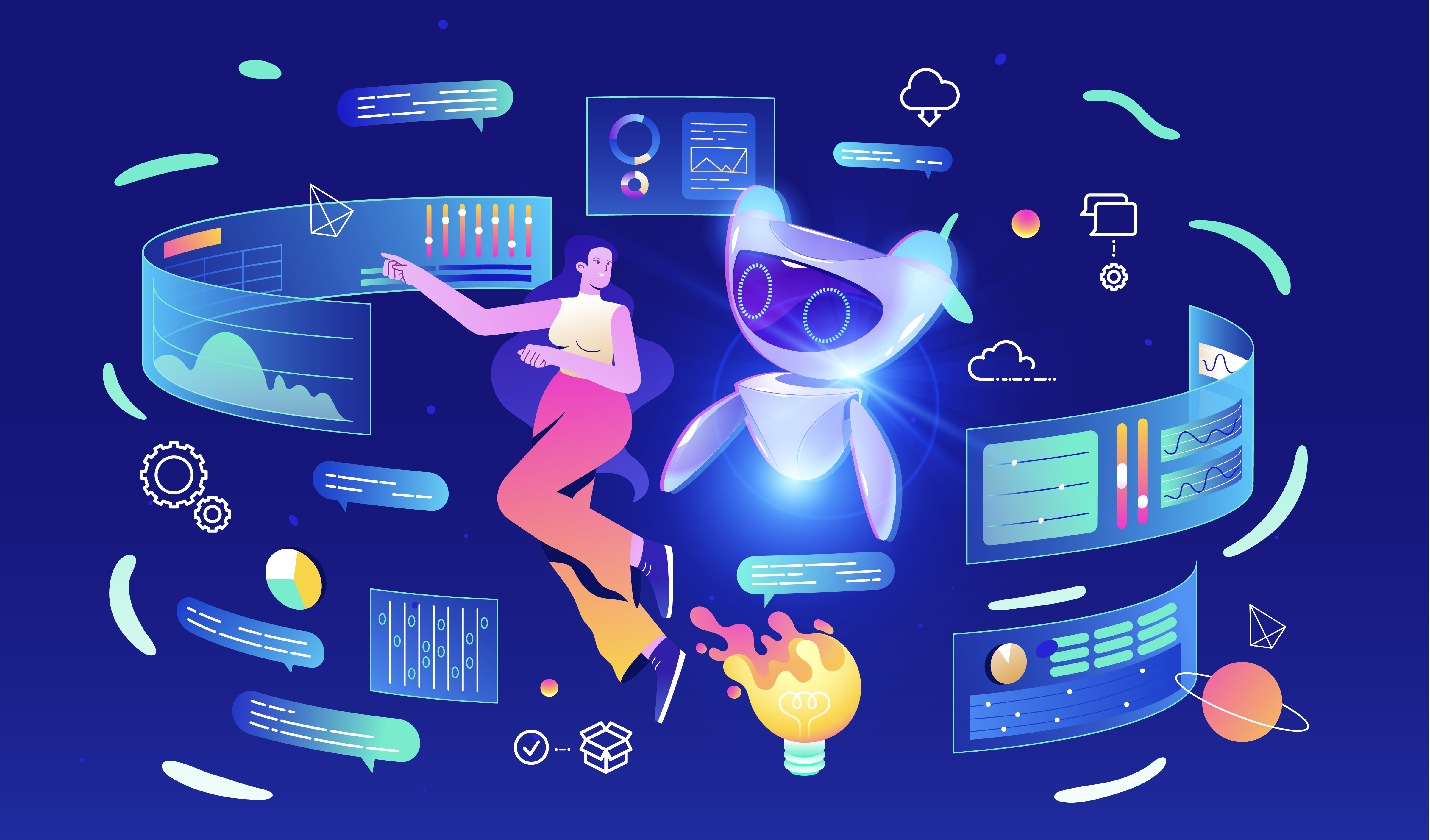9 min read
Spurred by the pandemic in the past two years, businesses around the globe have undergone a drastic change in attitude toward digital marketing. Brand owners and consumers are now becoming more familiar with marketing technology (MarTech)—including new online advertising formats, push notification content, social media posts, and new membership gifts and promotional discounts issued through mobile apps—which has emerged from the changes in the forms of consumption.
Just as MarTech began to establish itself in people’s everyday lives, browser providers announced that they would stop tracking users’ browsing history, and mobile device companies granted users the ability to prevent their personal information from being collected. These changes signal the decline of third-party data and leave MarTech companies with another hurdle to overcome.
Brands want to obtain more details concerning consumer activities in order to get the most out of their advertising budget, Conversely, consumers want to disclose as little information about their personal activities as possible, and would only leave their information with websites/apps they are truly interested in or platforms that they regularly use. Maximizing the value of first-party data has therefore become the most pressing issue for MarTech companies.
As an AI SaaS company, Appier is often asked about how AI can overcome the challenge of third-party data becoming increasingly difficult to obtain. Dr. Shou-De Lin, Chief Machine Learning Scientist of Appier pointed out: “the latest AI technologies developed in recent years can achieve ‘real-time analytics’ and ‘small data forecasting,’ thus ensuring users’ privacy when brands use limited first-party data to conduct user profile unification and carry out a more accurate prediction of user behaviors based on user affinity extrapolation.” 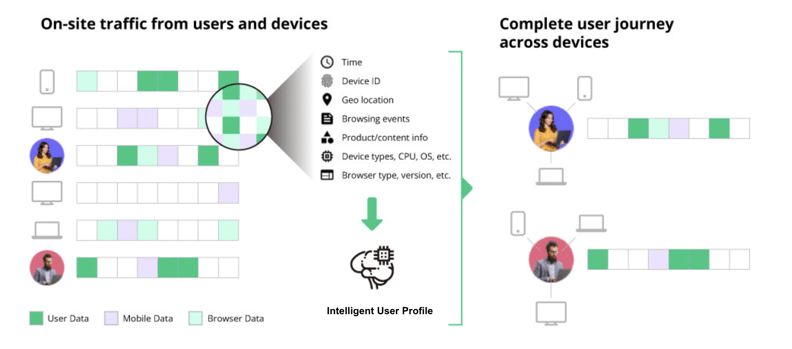
Figure 1: Using AI models to extract features from first-party data and unify them with users and devices
An artificial intelligence model uses machine learning to build and expand its knowledge base from user information—such as users’ browsing device, location, events, keywords, and interests, as well as browsing time after entering a website—and creates intelligent user profile to identify anonymous visitors and their potential behaviors. As such, it can extract user features to conduct probabilistic matching and build comprehensive user profiles without recording personal identity information. This, coupled with the use of content preferences to identify users’ interests and keywords, maximizes the value of first-party data and helps brand owners improve audience segmentation to achieve personalized communications.
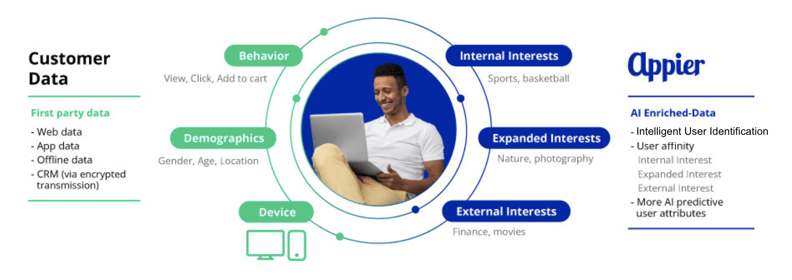
Figure 2: Appier uses intelligent user profile to establish comprehensive user profiles
Although “maximizing the value of first-party data” can help boost marketing effectiveness, brand owners will not be able to expand their customer base and increase sales if “first-party data of value” cannot be obtained continuously and effectively. In addition to conventional customer acquisition channels, such as advertising, social media promotions and email/SMS marketing campaigns, , customer interactions and conversation are also sources of first-party data that brands can directly leverage. These channels can even be the best way for brands to convert anonymous visitors to users or loyal customers.
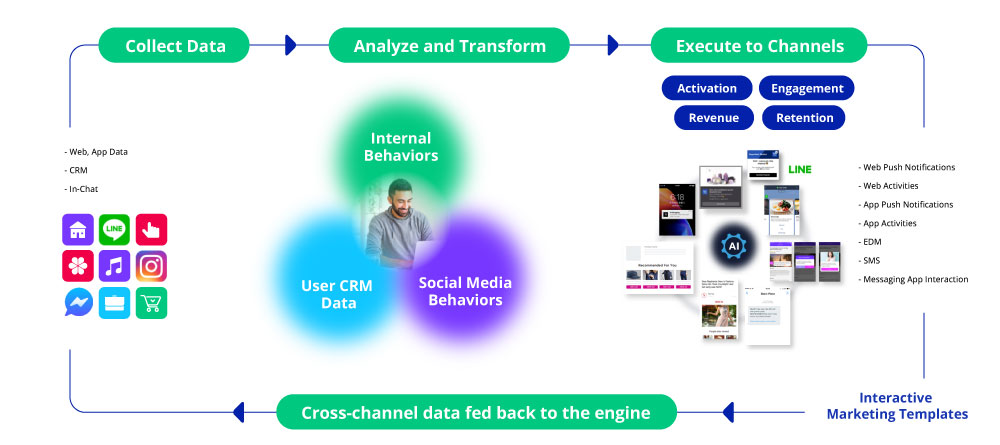
Figure 3: Unify user data across channels for two-way communication and seamless user experience
Customer interactions mentioned here include all user behaviors on a website, such as membership registration, notification subscription, clicks on products, etc. In order to simplify their marketing process and achieve timely audience segmentation and personalized communication, many companies have adopted AI-powered automation tools like Appier’s AIQUA customer engagement marketing platform, which allows brands to define and run through user journeys and use a single platform to configure web/app push notifications and audience segmentation for email/SMS marketing campaigns. The platform can even be combined with different algorithm models to improve the effectiveness of personalized recommendations.
Conversation messages refers to those found on common instant messaging apps, such as LINE, Facebook Messenger, and Instagram. When users establish connections with a brand via chatbot or instant messaging tools, it indicates that they may be interested in the brand, or they may have questions or are seeking assistance. If the brand can seize such opportunities to engage, it can definitely achieve better user experience and shorten the new user acquisition process. Therefore, many companies have adopted conversational marketing solutions such as BotBonnie, which can be utilized in tandem with the aforementioned customer interaction tools to unify omnichannel user data collected through brand interactions. On one hand, this prevents missed opportunities for user communications and potential business opportunities; on the other hand, it increases the sources of first-party data. This is why the AIQUA and BotBonnie product synergy powered by Appier can be combined to create more added value for brands!
The pandemic has pushed brands and consumers online. Take the daily life of a user, Bob, for example. Bob likes to use e-commerce and online food delivery services and would make two or more online purchases every month. Bob’s average order value increased $500 since the pandemic began, and he spends one more hour on instant messaging apps like LINE per week than before. To attract Bob’s attention, many brands have attempted to contact Bob through different channels by sending promotional discounts via email/SMS, app push and web push notifications. But without data unification, Bob is categorized as a new user on every individual channel, thus making it difficult for brands to track Bob’s user behavior or determine whether Bob has completed any purchase. At the same time, Bob is also bothered by repeating notifications or notifications that do not meet his current needs. 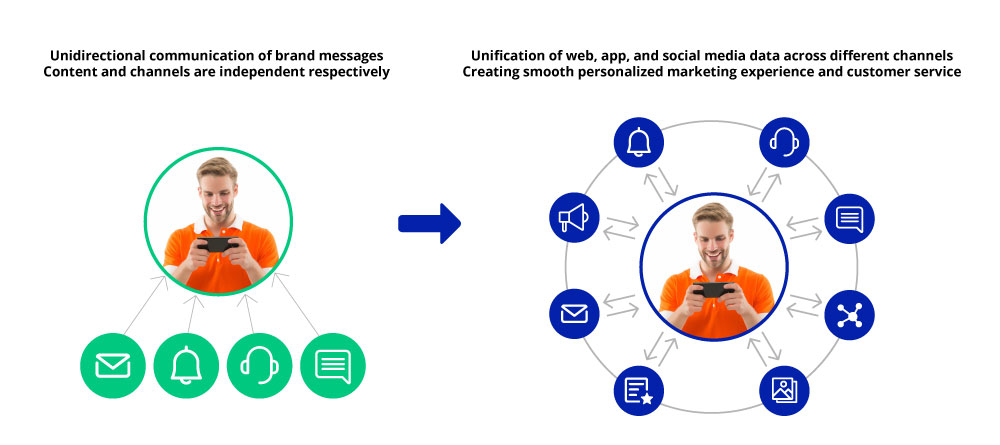
Figure 4: Helping brands track Bob’s user behavior in different channels to realize a user-centric and omnichannel marketing
The above challenge is the result of brands’ ineffective tracking and comparison of website visitors’ behaviors or of technologies the brands’ adopted belonging to different providers. In order to track user behavior on different channels and achieve more accurate communications, the unification of data across different channels is required. Eric Lee, VP of Enterprise Solution Sales, Appier said: “Appier’s user centric solution designs allow brands to create intelligent user profile to identify the characteristics and potential behaviors of anonymous visitors by utilizing AI technologies to unify structured behavioral data (interaction records) and unstructured behavioral data (conversation records) across different channels. Therefore, when brands adopt our AIQUA and BotBonnie solutions, they can not only unify data across different channels and seize the opportunity for personalized marketing but also combine the features of these two products to ensure that their users’ needs are met 24/7. Our AIDEAL service can even be used with these products to identify hesitant buyers and accelerate transaction and user conversion via push notifications or instant messaging.”
As reported by The Economist , the pandemic has boosted the use of instant messaging. Message delivery on Instagram, Facebook’s photo-sharing app, and Messenger increased by 40%, and four-fifths of the time on mobile devices is now spent on messaging apps. Conversational communications have always been the key to stimulating sales. The emergence of MarTech has driven brands to move from in-store sales to online sales as it can relieve workload through automation. Today, apps like LINE, Instagram, and Messenger are able to enhance the interactivity of online sales with conversational marketing solutions and, similar to WeChat, gradually strengthen these platforms’ footprint in conversational commerce.
Appier has observed that more and more users are using messaging platforms to visit the digital channel of brands and decide on purchases in conversations. Some users even prefer two-way conversational marketing services that act as a personal assistant, guiding them through each stage of the user journey until their purchase is completed. Roy Lo, Product Lead of BotBonnie, who has years of experience in helping clients implement conversational marketing services said: “Conversational marketing services no longer play the roles of customer service and after-sales support, but are also critically involved in more proactive, intuitive and even bidirectional communications, which not only assist with ‘loyal customer maintenance’ but also bridge opportunities of ‘conversational commerce’ and ‘social media-driven sales’ for the brands.” 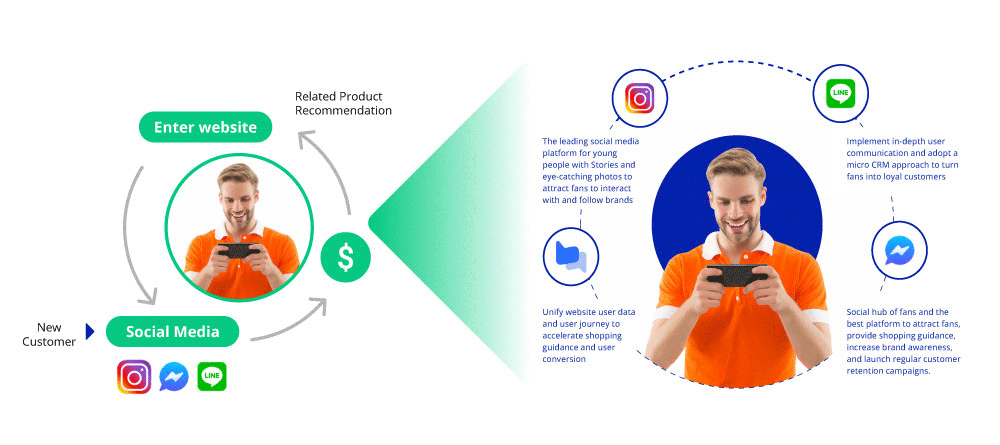
Figure 5: Brands using conversational marketing services to deepen loyal customer maintenance and achieve social media-driven sales
Appier summarizes three major market demands for interactive marketing services here for marketers’ reference:
- Enhanced User Interaction: Except for the basic Q&A and customer service support, brands also hope to engage with customers in novel, fun, and interesting ways. For example, the BotBonnie service modularized many innovative marketing tools—such as daily sign-in, members-get-members (MGM) campaigns, receipt registration, lucky draw wheel promotions, etc.—for the purpose of letting brands easily launch marketing campaigns that can drive the growth of fan base or boost sales. Programming skills are not required when using this service, which features a drag-and-drop interface that lets brands easily build their own chatbot, or even create an interactive question-answering procedure to retain visitors and improve brand favorability.
- AI-Powered Personalized Recommendations: Many conversational marketing services originally only supported the function of customer service. However, through the synergy between AIQUA and BotBonnie, brands can further unify the data of user behavior on websites and conversations on instant messaging platforms to identify a person’s product preferences and combine them with AI technologies to provide accurate communication and recommendation. For example, products that a user may be interested in can be listed in the personalized messenger recommendation list; LINE Point promotion campaigns can be pushed to users who interact with LINE more frequently, and limited coupons can be issued to certain users based on user interactions to boost conversion.
- Integration of Omnichannel Marketing: The plethora of information available online can fragment the time users spend on a single website. A brand must therefore seize every opportunity to stay in contact with its users. When a user visits its website, they should be guided as much as possible in order for the brand to integrate the touch points for shopping guidance. After the user leaves its website, the brand can also follow up through social media accounts to maximize customer lifetime value and achieve loyal customer maintenance with social media platforms in response to the changes in consumer behavior and market trends.
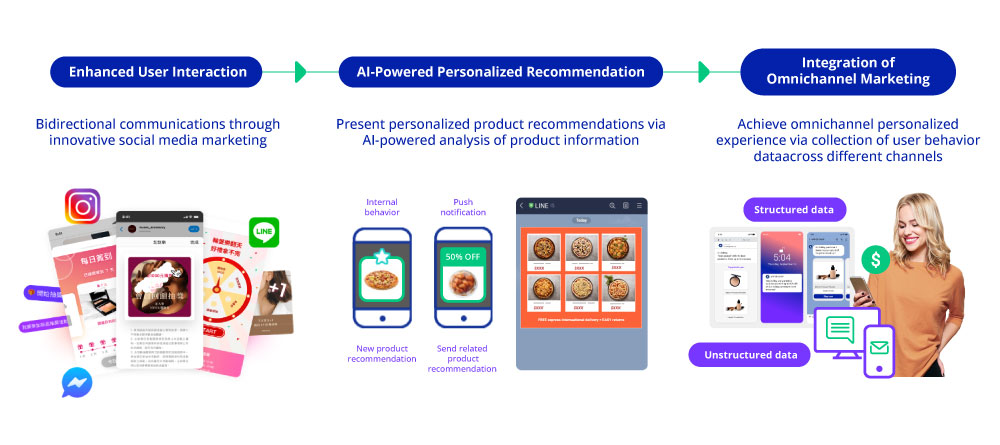
Figure 6: Three major market demands for interactive marketing services
The abrupt changes in the market over the past two years have resulted in a series of technological turning points for the MarTech field. Brands are no longer merely seeking higher returns on investment (ROI) or conversion rates (CVR) through individual promotional campaigns, but are also prioritizing the use of different MarTech tools in tandem to maximize product synergy and bring about long lasting effects. From this change, we can predict that the MarTech ecosystem will undergo more comprehensive vertical and horizontal integrations in the future. Vertically, we can implement customer journey mapping; horizontally, we can expand on service providers for personalized communications and product recommendation technologies. This will create more opportunities to attract consumers through the cross-utilization of tools in different dimensions, the identification of breaking points in digital competitions, and the adoption of omni-channel marketing strategies. This is also the key to Appier’s next step in customer service to offer differentiated solutions and achieve product synergy.
For more information, please visit the Appier website or contact Appier .

